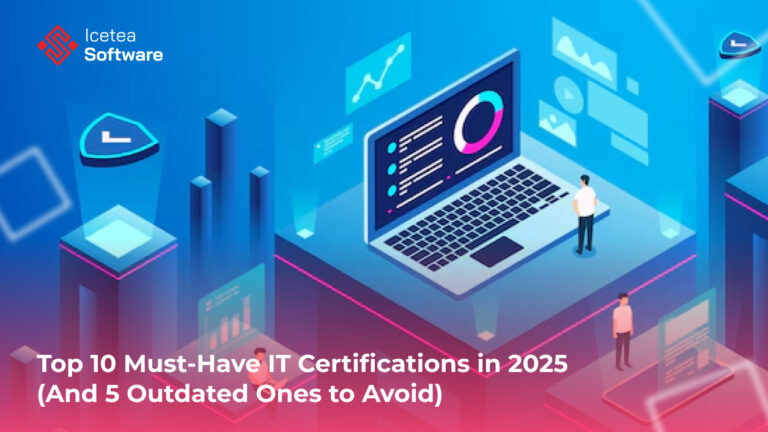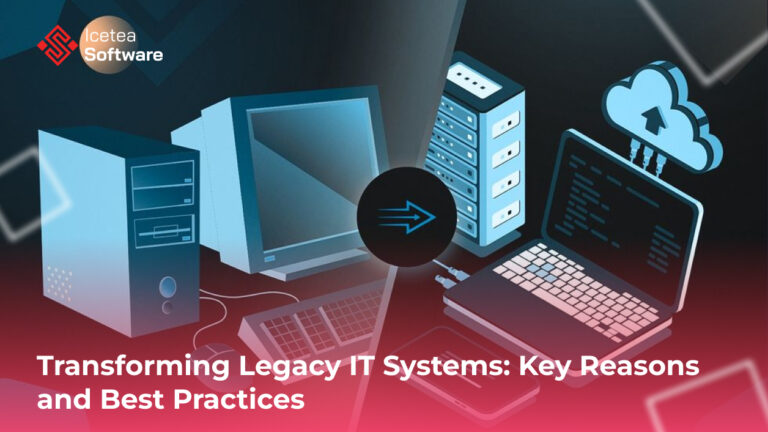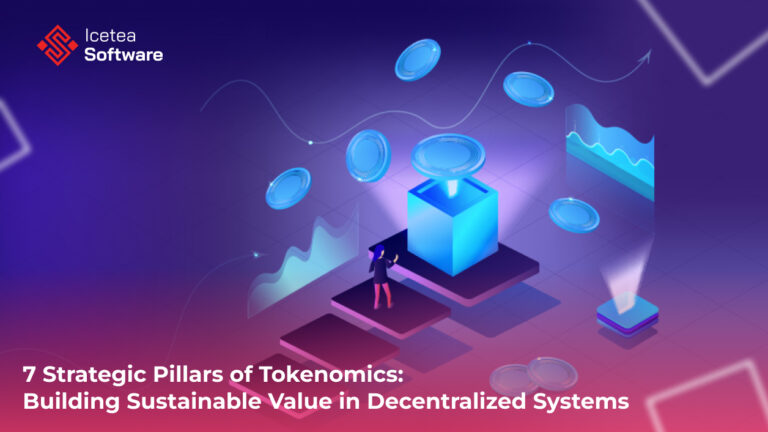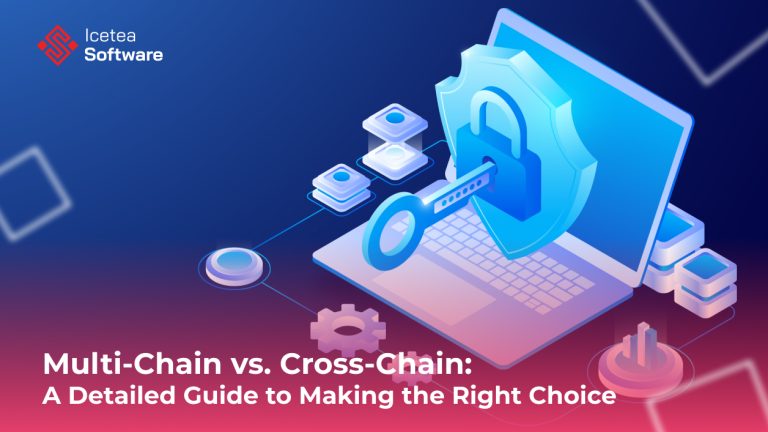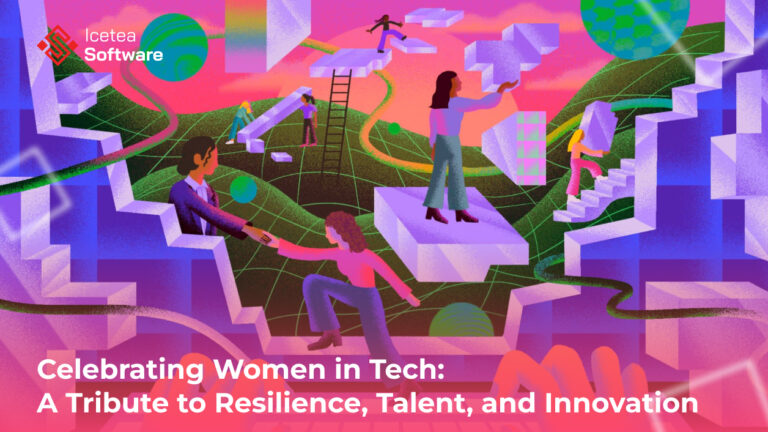7 Powerful Reasons Why AI-Enhanced DevOps Will Eliminate Deployment Headaches
- What Is AI-Enhanced DevOps?
- 1. Automate the Mundane — Unleash Your Developers’ Creativity
- 2. Optimize CI/CD Pipelines for Lightning-Fast Deployments
- 3. Predict Issues Before They Become Outages
- 4. Slash Cloud Costs with AI-Powered Cloud Management
- 5. Achieve Rock-Solid Reliability at Scale
- 6. Implementing AI in DevOps: A Strategic Roadmap
- 7. Measure What Matters: ROI and Performance Metrics
- Real-World Example: Netflix’s AI-Driven DevOps in Action
- Final Thoughts: The Future Is AI-Native DevOps
In today’s high-stakes software development environment, speed is everything — but not at the cost of quality, security, or scalability. The competition is deploying faster, adapting smarter, and delivering better experiences for users — all while cutting costs and reducing risk. If you’re still relying on traditional DevOps practices without AI, you’re not just behind — you’re losing.
AI-enhanced DevOps is not a buzzword. It’s a transformative approach that supercharges your development lifecycle by bringing automation, prediction, and intelligent decision-making into your pipelines. By embedding AI into the heart of your DevOps and cloud management strategies, you gain a powerful advantage: smarter code, faster deployments, lower risk, and higher ROI.
Let’s break down what makes this shift so powerful — and why your organization needs to start embracing it now.
What Is AI-Enhanced DevOps?
At its core, AI-enhanced DevOps integrates artificial intelligence and machine learning technologies into your software development and IT operations workflows. It automates mundane tasks, surfaces hidden insights, detects anomalies, and improves decision-making — helping teams ship better code faster with fewer errors.
It’s not just about speeding things up. It’s about:
- Automating repetitive processes (think: testing, deployment, infra management)
- Predicting and resolving issues before they impact users
- Optimizing cloud usage to reduce costs
- Delivering data-driven insights for continuous improvement
In a world where agility and resilience define winners, AI-enhanced DevOps is your golden ticket.
1. Automate the Mundane — Unleash Your Developers’ Creativity
DevOps teams have long faced the grind of manual testing, deployment coordination, infrastructure provisioning, and incident response. These repetitive tasks drain developer time, lower morale, and delay delivery. AI fixes that. Instead of spending hours configuring pipelines or double-checking deployment configs, AI lets your teams “set it and forget it.” Here’s how:
- Smart automation handles CI/CD, testing, and rollbacks without human intervention.
- Predictive task management routes tasks based on historical patterns and priorities.
- Self-healing infrastructure automatically detects and remediates common issues.
- Developers are hired to solve complex problems — not run scripts all day. AI gives them the freedom to innovate.
2. Optimize CI/CD Pipelines for Lightning-Fast Deployments
Speed without control is chaos. And chaos has no place in a DevOps environment.
AI doesn’t just speed things up — it ensures every part of your CI/CD pipeline is humming with efficiency. It evaluates patterns, flags potential delays, and auto-corrects inefficiencies before they snowball.
Here’s what AI does inside your pipelines:
- Detects and resolves bottlenecks in real-time
- Analyzes commit histories to optimize build sequences
- Predicts the likelihood of build failures before they occur
- Provides actionable feedback from test failures and code reviews
This isn’t theory. Companies using AI in DevOps report up to 50% fewer deployment failures and dramatically reduced mean time to recovery (MTTR).
3. Predict Issues Before They Become Outages
Imagine knowing about a performance degradation, security risk, or failed deployment hours before it happens. With traditional tools, this is guesswork. With AI, it’s predictive foresight.
AI uses advanced analytics and ML algorithms to monitor vast datasets across codebases, logs, infrastructure, and user behavior. This enables:
- Real-time anomaly detection for performance, security, and system health
- Root cause analysis that pinpoints exactly what went wrong — instantly
- Proactive alerting to prevent errors from cascading into outages
AI doesn’t sleep. It watches your systems 24/7, learning and adapting with every event. And when something goes wrong, it doesn’t just scream — it tells you why and how to fix it.
Proactive AI monitoring means fewer 3 AM fire drills and more peaceful sleep for your engineers.
4. Slash Cloud Costs with AI-Powered Cloud Management
Cloud is flexible, scalable, and… dangerously easy to overspend on.
With most enterprises operating in hybrid or multi-cloud environments, managing costs across AWS, Azure, GCP, and others can be a nightmare. That’s where AI-driven cloud management changes the game.
AI tools analyze cloud usage data to:
- Forecast spending trends and recommend budget-friendly alternatives
- Auto-scale resources based on real-time demand
- Detect and eliminate idle or underutilized services
- Flag unusual billing patterns that signal configuration issues
According to reports, over 80% of cloud users overspend due to poor visibility and mismanagement. But AI makes cost optimization proactive, not reactive.
And unlike humans, AI doesn’t get tired of comparing storage tier costs or analyzing CPU usage across regions.
5. Achieve Rock-Solid Reliability at Scale
When your systems span continents and your users number in the millions, reliability isn’t a nice-to-have — it’s mission-critical.
AI enhances system reliability by ensuring that every component — from your app to your cloud stack — is monitored, secured, and constantly optimized.
With AI:
- Security risks are identified early via intelligent scanning and behavioral analytics.
- Infrastructure scales predictively, not reactively.
- Load balancing and failover strategies are automated based on usage patterns.
Consider Netflix, one of the world’s most complex distributed platforms. Their DevOps ecosystem relies heavily on AI to analyze billions of events daily — detecting anomalies, preventing downtime, and ensuring uninterrupted service to 200+ million users.
AI delivers the reliability your customers expect — without requiring an army of engineers glued to dashboards.
6. Implementing AI in DevOps: A Strategic Roadmap
It’s tempting to jump straight into AI adoption, but success starts with strategy. Here’s how to begin:
Step 1: Identify Your Pain Points
Where are your bottlenecks? Deployment delays? High cloud bills? Security gaps? Start with what’s hurting most.
Step 2: Set Clear Goals
Do you want to reduce deployment time by 40%? Cut cloud spend by $100K annually? Clarify your targets.
Step 3: Select the Right AI Tools
From general-purpose platforms like GitHub Copilot to specialized DevOps tools like DuploCloud, choose AI that aligns with your tech stack and team maturity.
Step 4: Start Small, Scale Fast
Pilot AI on a single pipeline or cloud environment. Measure results. Then scale across teams and workflows.
Step 5: Monitor & Optimize Continuously
AI isn’t “set and forget” — it improves with feedback. Use dashboards and performance data to refine models and workflows.
Pro Tip: Look for AI tools that offer explainability and transparency — your team needs to understand AI’s decisions to trust and improve them.
7. Measure What Matters: ROI and Performance Metrics
You can’t manage what you don’t measure. Here’s how to quantify the value of AI-enhanced DevOps:
- Deployment Failure Rate: AI can reduce this by up to 50%.
- Time to Market: Track how faster releases drive customer engagement and revenue.
- Labor Hours Saved: Calculate hours no longer spent on monitoring, debugging, or firefighting.
- Cost Savings: Compare monthly cloud bills before and after AI optimization.
- Customer Satisfaction: Use NPS, support tickets, and uptime data to see AI’s impact on user experience.
Real-World Example: Netflix’s AI-Driven DevOps in Action
Let’s revisit Netflix.
By embedding AI into every layer of their cloud and DevOps infrastructure, Netflix achieves:
- Anomaly detection across billions of data points per day
- Root cause identification within seconds
- Capacity planning that prevents over- or under-scaling
- Automated incident resolution that minimizes user impact
Their AI doesn’t just keep Netflix running — it ensures flawless experience for millions of simultaneous streams worldwide. That’s the kind of reliability and performance modern businesses need.
Final Thoughts: The Future Is AI-Native DevOps
AI-enhanced DevOps is not just a trend; it’s the next evolution of software development. It’s about staying ahead, not just keeping up.
Organizations embracing AI-enhanced DevOps are shipping code faster, reducing bugs and outages, and lowering both cloud and labor costs. AI’s ability to predict issues and automate tasks leads to greater efficiency and fewer errors, improving the overall product delivery process.
Moreover, developer satisfaction is boosted as routine tasks are automated, allowing teams to focus on more impactful work. This all contributes to better products reaching the market more swiftly.
On the other hand, companies that neglect AI risk slower releases, higher costs, and increased risks, ultimately falling behind their competitors.
The message is clear: Integrate AI into your DevOps pipeline or risk being left behind. Whether you’re working in fintech, e-commerce, or enterprise software, AI-enhanced DevOps enables smarter coding and faster, safer deployment.
————————–
𝗜𝗰𝗲𝘁𝗲𝗮 𝗦𝗼𝗳𝘁𝘄𝗮𝗿𝗲 – Cutting Edge Technologies!
Website: iceteasoftware.com
LinkedIn: linkedin.com/company/iceteasoftware
Facebook: Icetea Software




